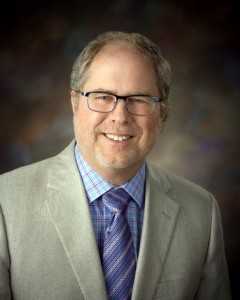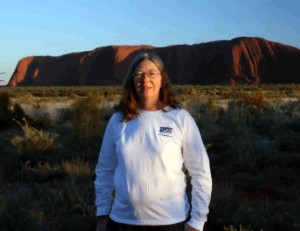For Scientists Maureen Muldoon and Mark Borchardt, Data Meets Politics
- Share
- Tweet
- Pin
- Share
When the Northeastern Wisconsin Karst Task Force Report came out in February 2007, scientist Maureen Muldoon said the Dairy Business Association (DBA) “sort of went ballistic.”
“This report will put us out of business,” they told her.
Muldoon, an associate professor of hydrogeology and environmental geology at the University of Wisconsin – Oshkosh and a member of the Wisconsin Karst Task Force, said the DBA told her there was no way they would get behind the report’s recommendations.
The report recommended new legislation and regulations specific to karst regions to protect groundwater health. Those would have put much greater restrictions on manure spreading in much of northeastern Wisconsin.
“They asked me to be on a panel called ‘The Northeast Wisconsin Karst Task Force Report: Fact or Fiction,’ with me, a farmer, and somebody else,” she recalled. “I told them it’s not fact or fiction – the data is the data.”
For scientists, such responses go with the territory. For three decades Muldoon and Mark Borchardt have studied the groundwater of the Door peninsula and watched science balanced – or offset – by politics.
“When you tell people that contamination is coming from humans, or cows, or runoff, you always have people who claim there is no science behind it,” said Borchardt, a microbiologist with the U.S. Dairy Forage Research Center. “Well, there is, there’s a lot of science and research behind it. We can trace pathogens in drinking water back to humans or cows now with microbial source tracking.”
Last year Borchardt tested water in the wells of 10 Kewaunee County homes to gather preliminary data for a grant application to study the county on a wider basis. Of those 10 wells, all tested positive for pathogens. Three showed cattle manure pathogens, three human waste pathogens, and the other four were unidentifiable.
“I couldn’t have asked for a more politically satisfying sample result than that,” he said.
Borchardt hopes to use his research to create an early warning system so homeowners know when to avoid using the water in their wells. By monitoring manure irrigation events and pathogen concentrations he aims to calculate the human health risk as a function of distance from manure spreading.
“From there, we could create a setback distance between spreading and the nearest home,” he said.
From a scientific perspective it seems cut and dry. But as Borchardt and Muldoon have seen, translating science into policy isn’t easy, even when it comes to our most vital resource.



